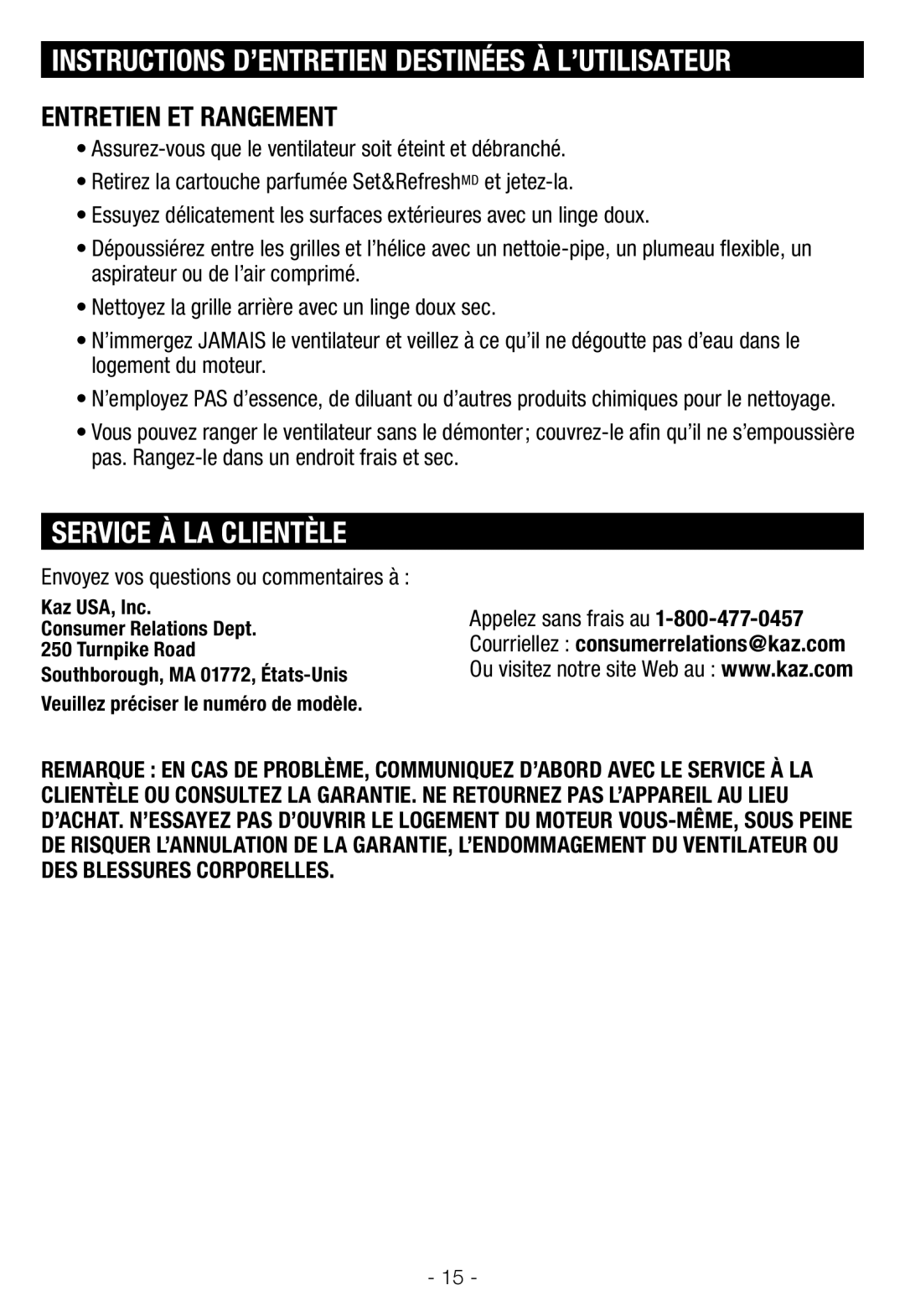HY201, HY204 specifications
Honeywell has long been recognized as a leader in the field of industrial automation and process control technologies. Among its impressive lineup of products, the Honeywell HY204 and HY201 series stand out due to their advanced features and capabilities, catering to a diverse range of industries and applications. These units are designed to provide reliability, efficiency, and enhanced performance in various monitoring and control scenarios.The Honeywell HY204 is a versatile and robust device primarily used for temperature and humidity measurement and control. One of its main features includes a high-accuracy sensor that provides precise readings, making it ideal for environments where temperature and humidity fluctuations can significantly impact operations. The HY204 also boasts a wide measurement range, allowing it to adapt to different industrial settings. Its user-friendly interface provides easy access to vital data, enhancing usability for operators.
On the other hand, the Honeywell HY201 is also focused on environmental monitoring, but it is especially notable for its compact design and seamless integration capabilities. This model is equipped with advanced communication technologies, allowing for real-time data transmission to control systems and central monitoring platforms. With a focus on energy efficiency, the HY201 is engineered to optimize performance while minimizing energy consumption, which is vital for businesses aiming to reduce operational costs and environmental impact.
Both models feature built-in diagnostics and self-testing capabilities to ensure reliability. They can be easily integrated with Honeywell's broader ecosystem of control solutions, making it simpler to deploy comprehensive monitoring systems. Their rugged construction means they are well-suited for tough industrial environments, including manufacturing plants and HVAC applications.
Additionally, these models support multiple communication protocols, including Modbus and BACnet, enabling them to connect with various enterprise management systems seamlessly. This flexibility is crucial for companies looking to implement smart technologies and improve their automation processes in line with Industry 4.0 principles.
In summary, Honeywell's HY204 and HY201 units are designed with cutting-edge technologies and characteristics that deliver accuracy, efficiency, and reliability. These features make them indispensable tools for businesses where environmental control is essential, ensuring optimal operation in an increasingly competitive industrial landscape.

